Top Use Cases
Check out live examples of top performing strategies

[Dates Vary]
Spring Break
[Dates Vary]
Prime Days
[Dates Vary]
Back to School
No Tax Days (US)
The first few months of the year are typically slow following the holiday shopping frenzy. But that doesn’t mean you have to let Q1 be a quiet quarter — there are plenty of opportunities to keep sales moving early in the year.

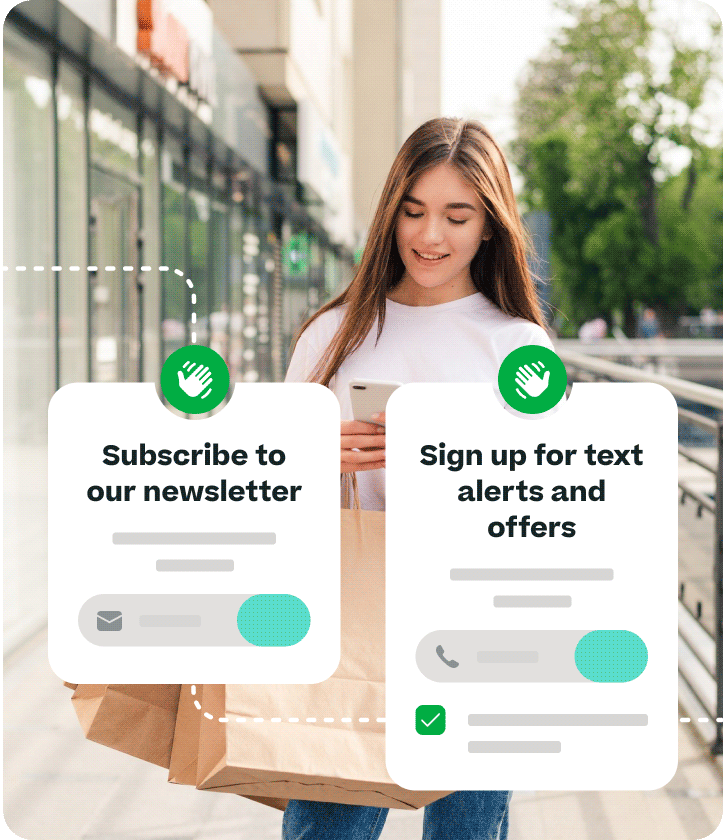
As a retailer, it’s time to start building relationships with your newly acquired customers from the holiday season. Not every holiday shopper will turn into a long-term customer, but using a personalized approach for outreach to build rapport and encourage a second purchase through relevant, consistent email or SMS campaigns will go a long way. Target them with related items to what they bought, encourage reviews with double loyalty points, or offer a can’t-miss deal on their next order by opting into additional channels like SMS or push notifications. If they don’t take the bait, filter them into a gifter segment and plan to approach them again later in the year with holiday gifting campaigns.
For those of you who offer gift cards (hint: everyone should) target those who received these with a nurture series to start building a relationship.
If they haven’t yet spent their gift card, this is a great opportunity to show off your products and provide recommendations for potential purchases. If they have, keep your site top of mind and primed for a second purchase. This is a segment of potential long-term customers for your store if you can build a connection with them early on!
The holiday season isn’t every industry’s busy time – some actually have their peak busy time during the beginning of the year. Most of us make New Year’s resolutions and are on the hunt for products to help us stay committed to them. From workout equipment, athletic apparel, and home organization to productivity support and self-care—brands in these niches have huge opportunities during this time. Help customers stick to their goals with useful tips and the products they need to succeed. Create buyer personas around common resolutions and send them to those in your database with key traits or drop new colors based on the seasonal change.
It’s almost guaranteed that most brands will end up with a little extra inventory at the end of the holiday season, so use a clearance sale to empty out the backlog and make room for new items. Plus, it’s a good excuse to reach out to your database with a great deal on last-chance products.
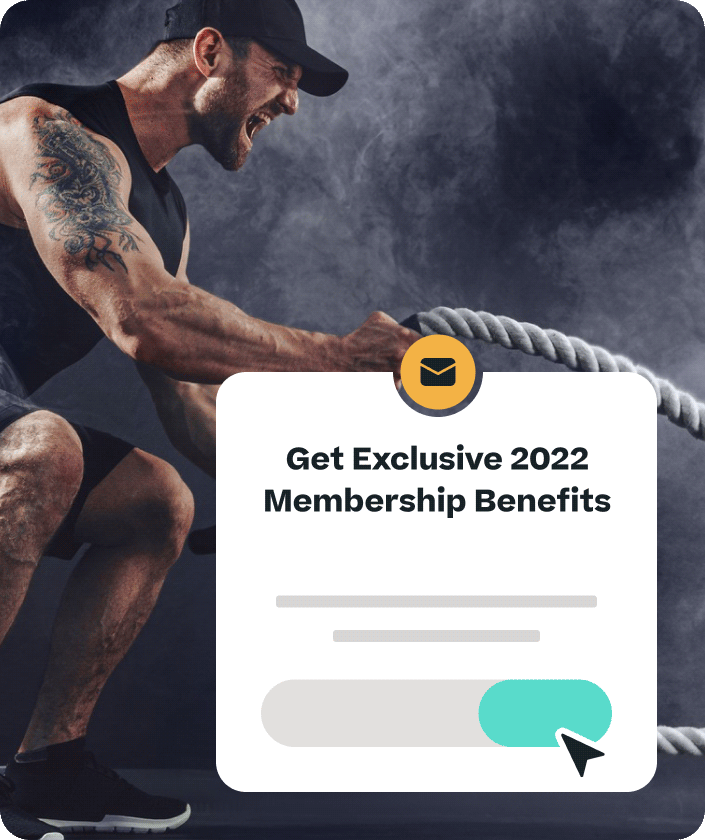
Don’t forget the person who sent the gift card, either! Add them to your gifter segment as someone to re-target with holiday campaigns again later in the year.

2023 is likely to be another wedding year like 2022 was. Peak wedding season is traditionally May through July, but event sales are not restricted to that time of year since there’s quite a bit of planning that goes into them. With so many events, consumers are actively looking for gifts, clothing, accessories, and more months in advance. Not to mention, they’re ready to spend to make a milestone event a memorable one!
For weddings, this is what most people will be looking to buy gifts from. If your store does registries, make sure they’re easy to shop and are optimized with upsell and cross-sell opportunities to encourage higher-order values. Extra add-ons like special delivery, monogramming, customization, and gift-wrapping can help set your site apart from the competition, not to mention provide a big boost to your profit margins.
Weddings and special events can be demanding and stressful, so consumers are looking for inspiration and help every step of the way. Gift guides and product suggestions will have a big impact on these shoppers. Think of creating helpful product collections like “Summer wedding guest attire” or “Best bridesmaids gifts” as a way to curate a personalized shopping experience. This type of organization will not only help get products in front of consumers but help them feel more confident in their choices; win-win!
Just because you don’t sell wedding decorations or accessories doesn’t mean you can’t be a part of the party! There are typically many events leading up to a wedding (group outings, bachelor/bachelorette parties, etc.)…everything from neon-colored clothes and fun wings to golf accessories and luggage is fair game making many brands primed for potential sales opportunities.
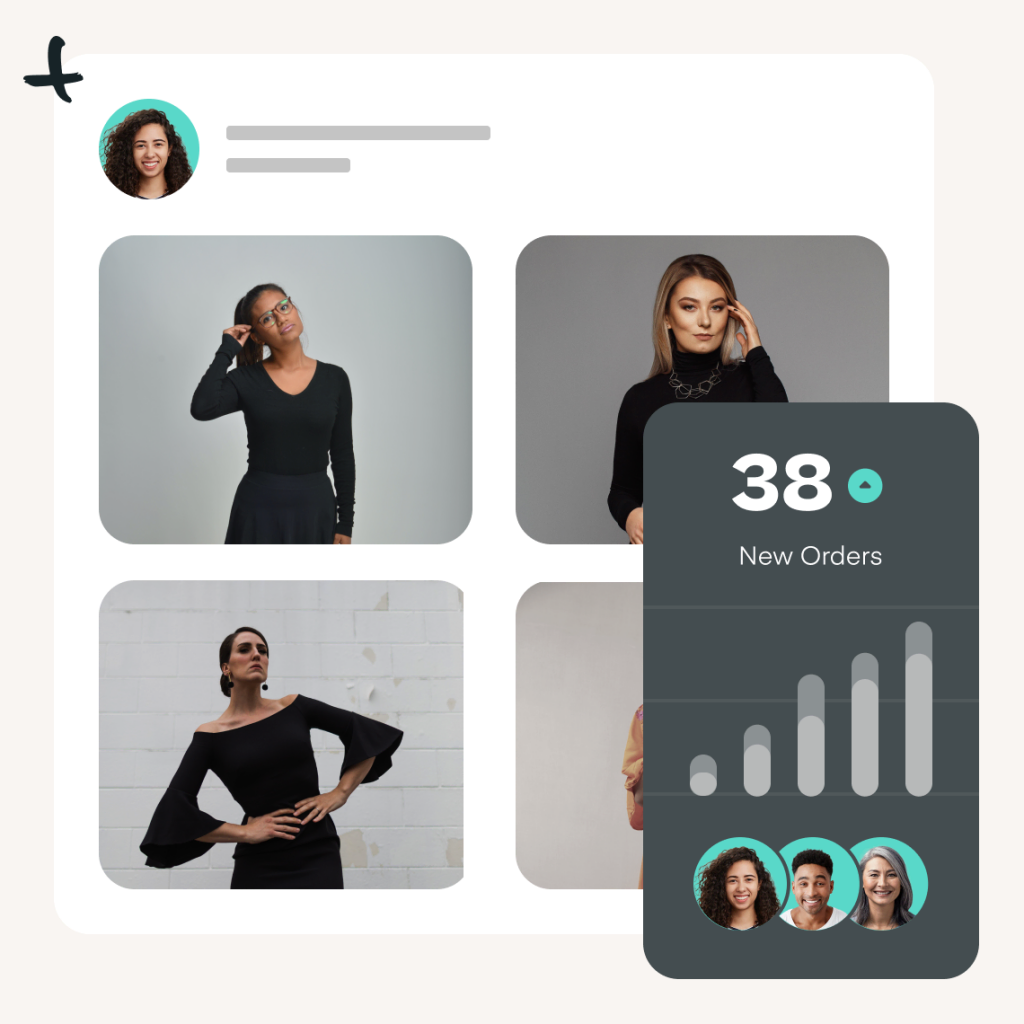
July is traditionally the slowest month for e-commerce, with sales dipping as low as 30% compared to other months. But don’t worry; there are ample opportunities to bolster up Q3 numbers and help you prepare for the coming holiday shopping season.
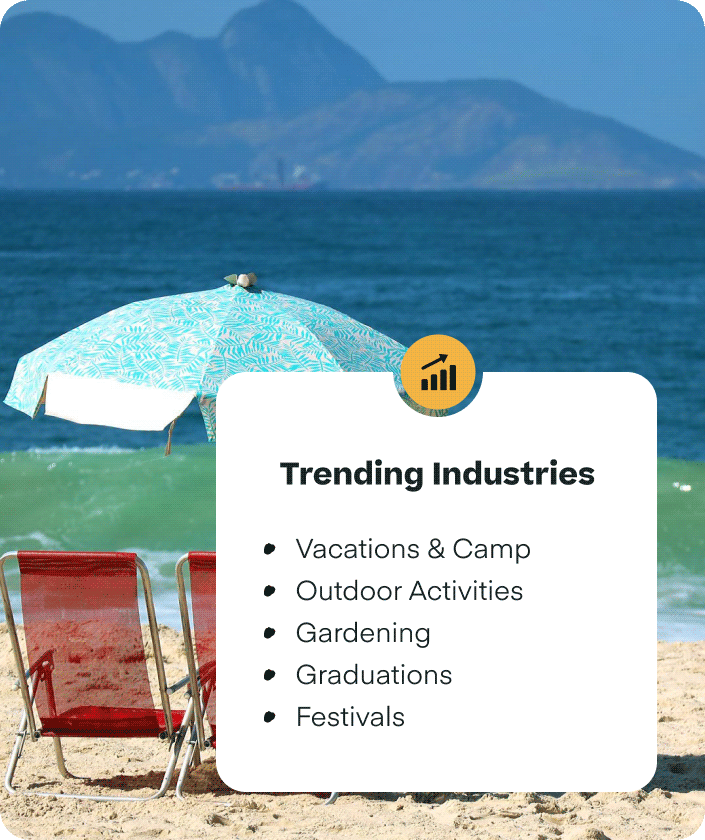
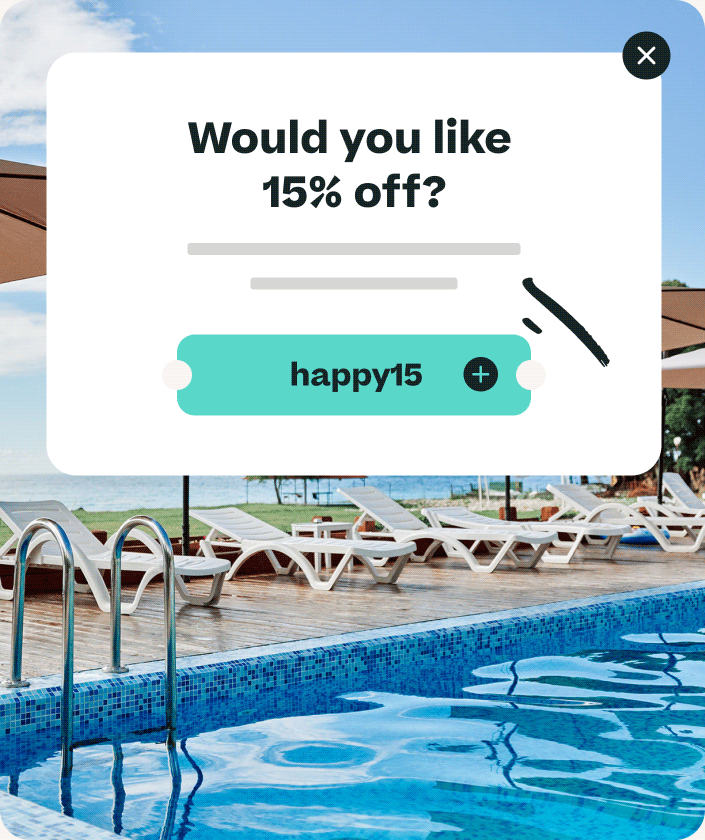
As a retailer, you are no stranger to long lead times and shipping delays after the past few years. This is why it’s more important than ever to start marketing early before your seasonal items’ “prime time”, so to speak. This is so that customers can be guaranteed to get items before they need them. If you sell summer products, you should be marketing them in February or March (while consumers are starting to look forward to warmer weather) to create demand and anticipation. Consumers are well aware of shortages and not afraid to start shopping early to make sure they get what they want. Tease product launches with countdown timers or exclusive VIP-access signup lists for even more excitement. Spring Break is in March, and while it may not be beach season everywhere–many plan to travel to tropical destinations.
During these months, we highly suggest focusing on building up your email and SMS lists with ideal subscribers. Starting to collect these leads now will not only reduce acquisition costs but also give you time to build a relationship and collect zero/first-party data on them before the heavy-hitting holiday months. In just a few months, their inboxes will be filled to the brim with deals galore, so take the time to stand out from the crowd now and watch the rewards roll in this winter.
Use a two-step lead capture to build email and SMS lists at the same time, or focus on collecting phone numbers from your email subscribers on mobile using fast options like tap-to-text opt-ins.
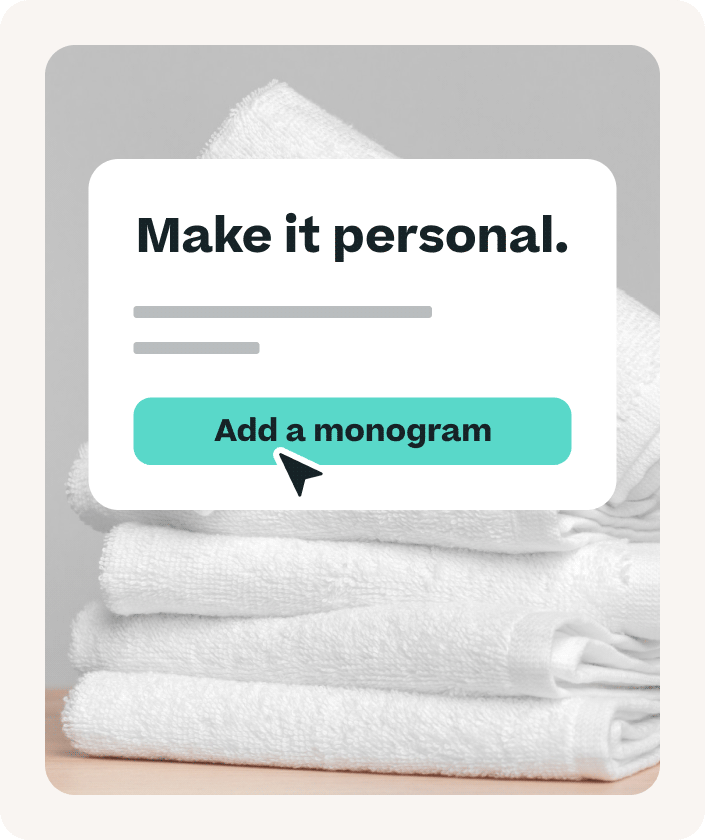
May and June are filled with graduation ceremonies, meaning that some shoppers will be buying gifts from a large number of friends and family. Close high-value shoppers by offering a volume discount on certain products perfect for graduating seniors or college students in their lives. Want to drive up order values even more? Product customization or monogramming is a great option to offer as an add-on for these gifts, just like in wedding season.
Geo-target onsite messaging based on proximity to nearby schools. In Austin, TX? Promote customizing your products for the longhorns or offer a discount on school color options.
Did you know that some consumers start back-to-school shopping as early as April? While the bulk of your B2S sales will be in August–make sure you’ve done your homework and finalized your B2S strategy before the school year’s out.
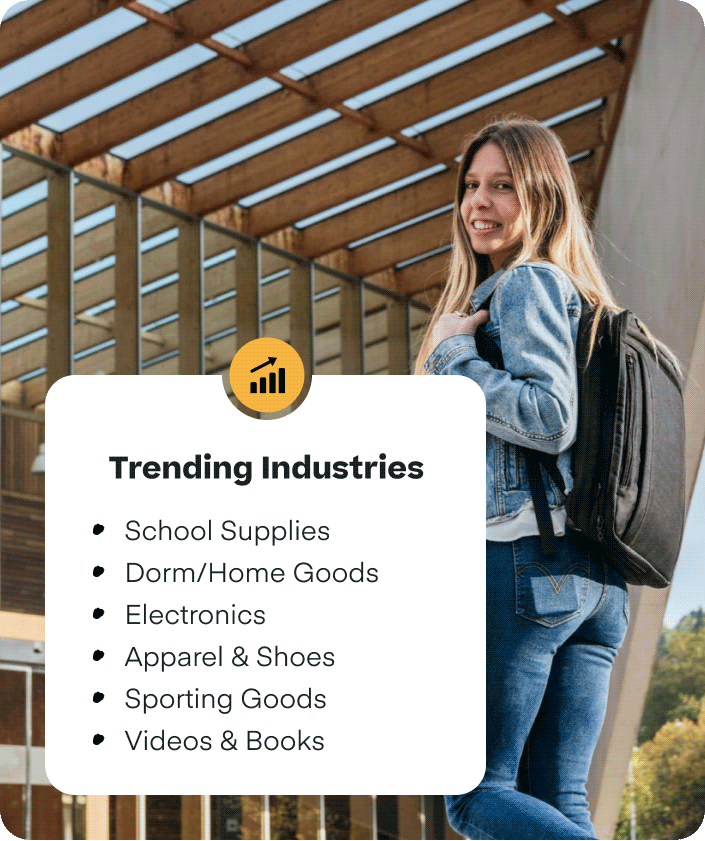
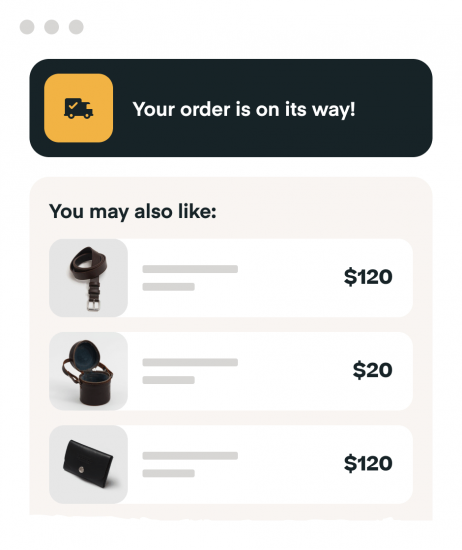
Make it as easy as possible for consumers to get everything they need from you (if possible), so they don’t get distracted and abandon their cart for a competitor. Use special collections for your core customer segments, intelligent product recommendations, and strategic page links to keep visitors moving through your site and adding to their cart.
Not everyone going back to school has the same shopping list. From teachers and college students to kindergarteners and student-athletes–the potential audience here is huge. Target specifically those in charge of shopping, i.e., parents of school-aged kids, teachers, and college students. These consumers are looking for everything from art supplies, sporting gear, and backpacks to laptops, bedding, and appliances. Narrow in on your target audience and show them how you can help.
Back-to-school can be stressful for many consumers, so help them stay organized and confident with a shopping checklist of critical must-haves, from “Starting Kindergarten” to “Freshman dorm checklist” and everything in between–this makes you more likely to close the sale and even boost order value in the process by helping them stay on track.
B2S is home to both procrastinators and planners; make sure you’re prepared to cater to both with promotions, specially timed offers, and shipping timelines to keep everyone on track.
Between B2S and the start of the winter holidays is the prime time to focus on prepping for Q4 and cyber week. Focus on your lead captures now to grow your subscriber base for the winter holidays creating strong email and SMS lists plus, ad costs are lower now, which can be a game-changer for your holiday profitability.
Every year, the winter holidays seem to start earlier than ever and last longer; they’ve crept into October (some could even say September) and are going strong into the New Year. It’s natural to focus on Black Friday/Cyber Monday, but we saw last year they weren’t the blockbuster spending days of the past.
Shoppers shopped slowly and steadily through Q4 instead as a result of increased in-store opportunities, supply chain woes, economic concerns, and other external factors. Go outside the BFCM box and meet customers when and where they’re wanting to shop!
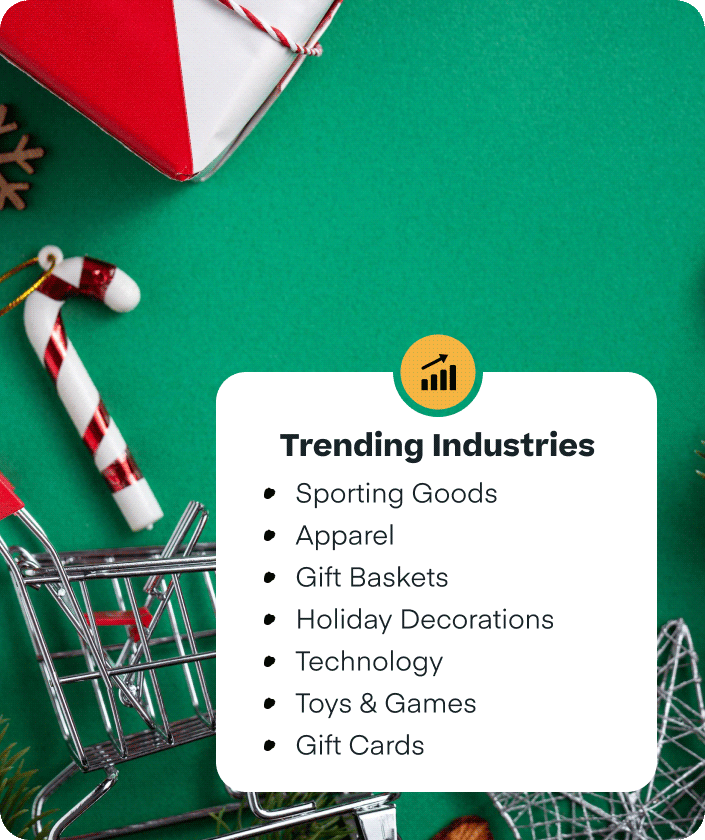
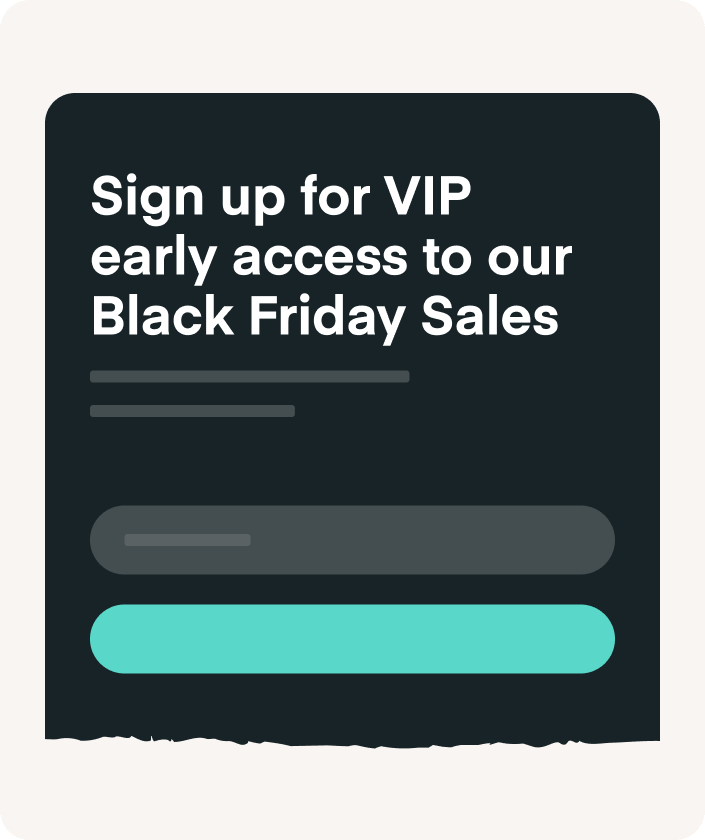
This has continued to be a mainstay of the natural evolution of brick-and-mortar stores as their e-commerce presence grows and were popularized during the pandemic. Plus, more shoppers are putting an emphasis on shopping local, making this a great way to connect with customers in your community. This is also an ideal way to appeal to last-minute shoppers who ran out of time for shipping. Not to mention reducing the last-mile fulfillment strain on your store, improving profit margins, and reducing stress (for everyone).
We all think of BFCM traditionally as the weekend of deep discounts and flash sales, but that doesn’t work for every brand. Bundles, exclusive products/gifts, early access, and more can help elevate your offer outside the box. Collect emails/phone numbers in exchange for VIP access to deals beforehand, offer limited-time products for those above a certain cart value, or donate a percentage of sales to a shopper’s charity of choice. Find your brand’s differentiator and center your messaging around what appeals to your target audience.
Black Friday and Cyber Monday typically dominate the conversation around Q4 sales opportunities, but Thanksgiving, Small Business Saturday, Giving Tuesday, Boxing Day, etc., are all examples of how you can use outside-the-box messaging during this season and showcase more personality than just deep discounts or crazy door-busters.
9% of U.S. consumers surveyed by Justuno said they didn’t plan to start their holiday shopping until December this year.
We all know how hard it can be to shop for some people, so make it easier for customers to find the perfect present. Whether it’s first-time visitors unsure of what they’re looking for or loyal customers shopping for someone new, gift guides work for all segments.
The holidays involve shopping for gifts that are usually needed by a specific date. Use countdown banners to keep visitors informed about deadlines and encourage procrastinators to convert. Being transparent from the start builds trust and keeps expectations in check. Use geo-targeting to make sure that shoppers who can still get their orders in time are aware vs. those outside the shipping radius who you can push towards gift cards or other electronically gifted products.
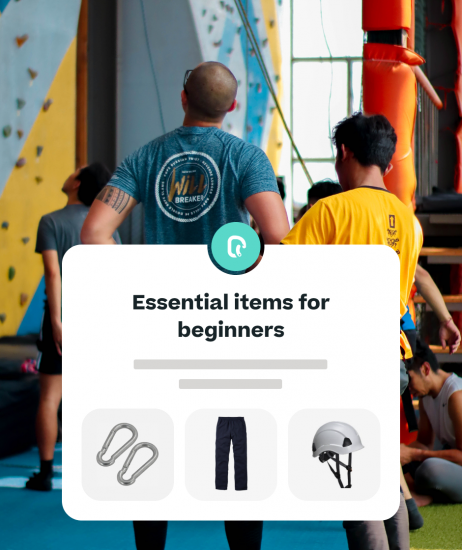
Gift cards are a great way to help out those last-minute shoppers, plus give you a double segment to market to in the new year, both the gifter and the giftee!
Let’s make 2023 your best year yet! Get started on your optimization journey with
a free 14-day trial, or book a personalized demo for information about how our platform can help you reach your business goals all year long.